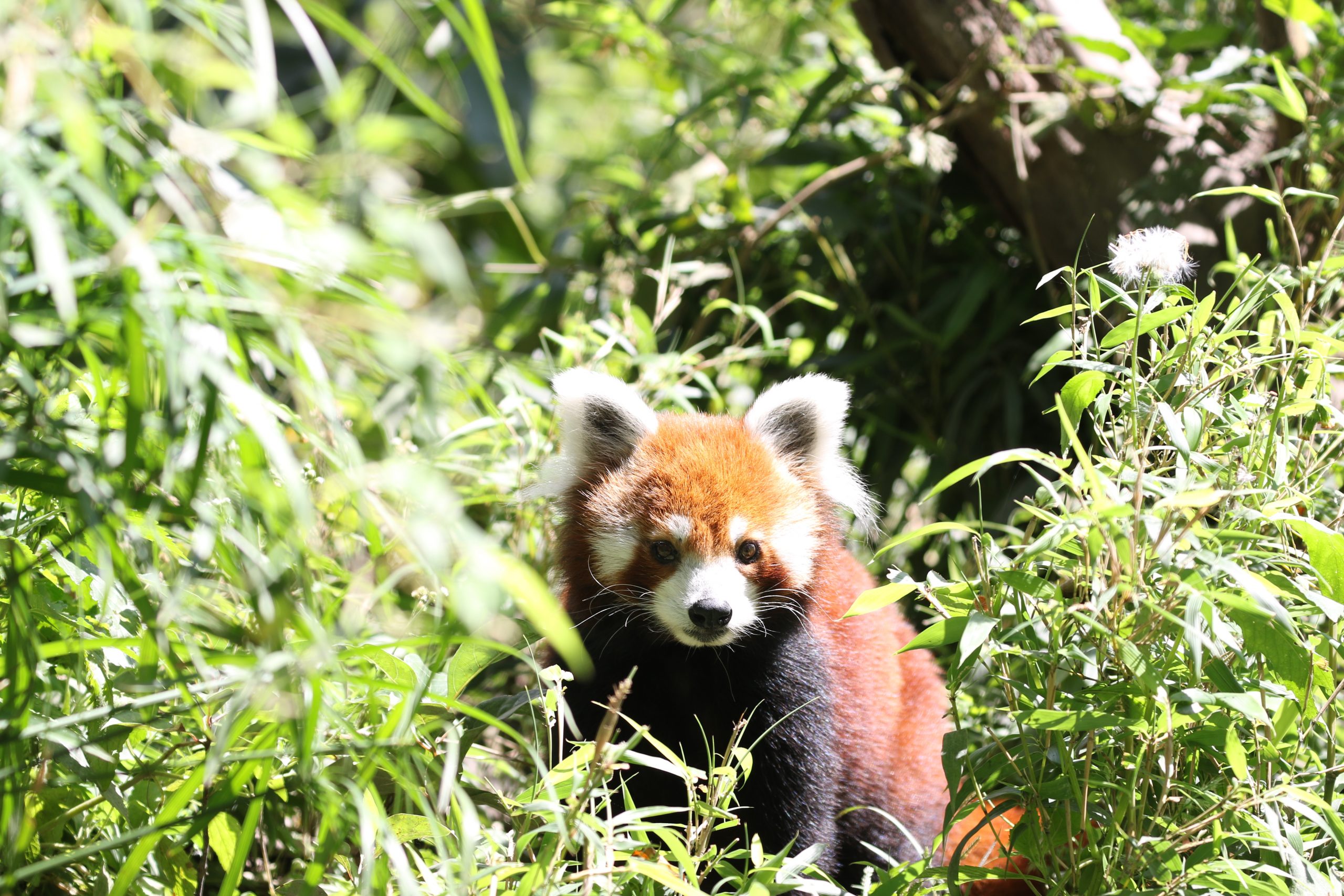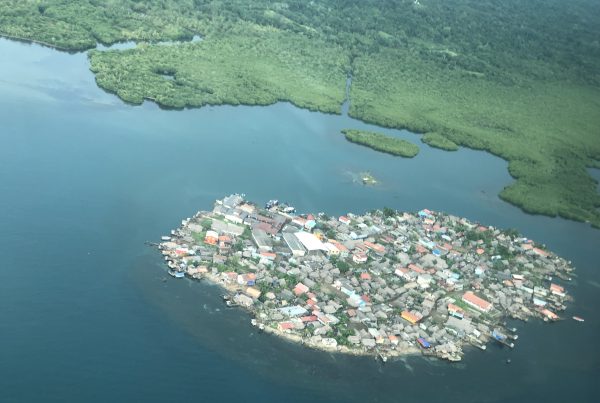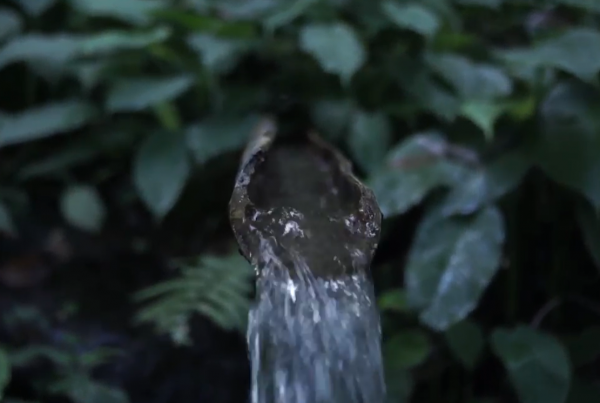The indigenous peoples of Ilam, East Nepal include the Kirant (encompassing the Rai and Limbu peoples), Lepcha, Tamang, Sherpa, Sunuwar, Gurung, Magar and Thangmi. East Nepal is the historical domain of Kirant, with Kirant kingship running from 600 BC in Kathmandu. Kirant kings have ruled for over 1,000 years, using customary practices.
The indigenous peoples of Ilam are making important contributions towards conserving the endangered red panda (Ailurus fulgens) through their traditional knowledge and customary sustainable practices. Under the Nepal National Parks and Wildlife Conservation Act (1973), the red panda is recognised as a protected priority species, designated as vulnerable in 1994 and as endangered in 2004 because of habitat loss. 1 People do not hunt red pandas because religion and customary systems have prohibited it, even before they were known to be endangered.
“Tamang culture has a “Choho” traditional institution of Tamang, to help take care of the forest, red panda habitat, historical areas and resources; and the head Lama (Buddhist) plays a valuable role in decision-making for the use and protection of red panda habitats. “ [footnote]Tamang community member[/footnote]
Indigenous peoples know that red pandas in the wild rely mostly on bamboo for food (90 per cent), followed by fruits (three per cent), insects (2 per cent), crops (1 per cent) and other sources (3 per cent). Communities have observed that the existing bamboo forests in the areas are experiencing poor growth. They are damaged by wildfire, drought and the disappearance of water sources in the boreal forest, and other disturbances such as over-collection of non-timber forest products, local development including road construction, and human encroachment. Consequently, the indigenous communities have increased actions to protect the bamboo forest ecosystem inside the boreal forest through controlling wild fires and restoring water sources. As two community members explained: “We make a fire break line and check it for further burning. People keep a rotation to watch the fire and inform everyone to control the fire. They are also protecting water sources with planting and restoring natural ponds that can help to preserve the bamboo forest for red pandas.”
Traditional practices and institutions for conserving the red panda: the “Kipatiya Pratha” of the Kirant
The Kipatiya Pratha is the customary system of the Kirant. It is a local authorised body which uses traditional governance practices for conservation and sustainable management, for the use of natural resources and for the protection of biodiversity and the habitats of red pandas.
Kirant priests (Phedangba and Nuwagire), elders, women and traditional healers play important roles in collective decision-making to declare the forest patches that should be protected, ensuring that water sources and bamboo forests provide a good habitat for red pandas. In the Kipatiya Pratha, the individual obeys the collective decision to care for the red panda’s habitat (Pudekudo ko Basthan) and natural resources. If any member of the society tries to disobey the decision or misuse it, he or she will be punished. Kipatiya Pratha maintains a good governance system for red panda habitat conservation, controlling poaching, hunting, fire control, use of resources; and it has its own punishment tradition. If somebody acts in a way that disobeys tradition or hunts the red panda, then they call him or her into a meeting and inform the person not to do this, because it is important for society. If the person continues hunting or disobeying, or ignores the decision, then they will receive further punishment, such as a fine or becoming a social outcast (the person will not be allowed into any kinds of social functions). It is these social norms and values that create a good governance system.
Image caption: Red Panda. Photo: Kamal Kumar Rai
Author
- Kamal Kumar Rai, Indigenous Peoples’ Society for Wetland Biodiversity Conservation, Nepal
Ecosystems
- Tropical forests
Topics
- Conservation and sustainable use
Type
- Short-form
Date
- This case study forms part of LBO-1, originally released in 2016.
References
- IUCN. The IUCN Red List of Threatened Species: Ailurus fulgens (Red Panda). (2016). at <http://www.iucnredlist.org/details/714/0>



